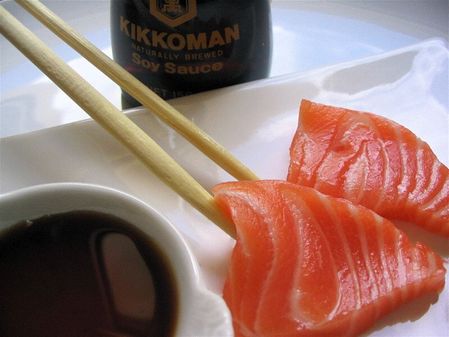Q: West Palm Beach, Florida is to New York as what place is to Japan?
A: Taiwan.
If that makes no sense to you, then you probably haven’t read this article in Japan’s Asahi Daily.
Taiwan authorities ready longterm visitor visa aimed at Japan’s “baby boomers”
Starting on February 1st, Taiwanese authorities began issuing multi-visas targeted at retired Japanese pensioners. With an eye on the rush of retiring “boomers,” they are aiming to attract long term Japanese visitors thinking that “after retirement, I think I’ll live in Taiwan, where things are cheaper.”
With pensioner Japanese citizens as the target, they will have to produce documents such as proof of pension recieval and proof of a clean criminal record issued by the police department when applying for a visa. With this visa, the greatest period that can be spend in Taiwan at one time is 180 days. Within this period, the visa holder can leave and reenter the country as many times as the like. Their spouse will also be issued a multivisa.
Taiwanese authorities, which are trying to promote an increase in visiting tourists, have noticed an increasing movement of Japanese seniors spending long periods in Southeast Asian countries such as Malaysia. Plans are moving forward to construct special “long term visitor condos” in places such as Nanto county, where the climate is warmer.
Sounds like a good deal all around. Japanese retirees will get to live in a nicer climate where prices are lower, and yet the standard of living is not dramatically lower, and the Japanese government has to spend less money on its own expensive domestic healthcare. On the other side, Taiwan’s coffers gets to make up some of the tax shortfall caused by their own aging population, and local service industries get a significant cash infusion.
I should not that a standard Taiwanese visitor visa has an absolute limit of six months, but must be renewed in person every two months at the local police station’s foreigner services office, which I imagine they are rightfully considering would probably be too much of a hassel for elderly people. Of course, a large part of the reason that Taiwan has such strict visa rules is to keep out illegal foreign labor, which from what I’ve seen includes a truly astonishing number of illegal language teachers, in addition to the expected factory and construction workers. Of course, elderly retirees are unlikely to take away jobs from local people, and instead of burdening the local government to pay for more services, they only import wealth.
One key thing remains unclear to me though. With a six month visa, would these residents be elegible to apply for an Alien Residence Certificate (ARC)? If so, that would let them register with Taiwan’s generous national health program, which would be rather counterproductive to the whole scheme.




 “Reports that the KMT walks lockstep with the mainland (China) in their anti-Japan campaign do not reflect my real feelings. I even love sashimi!” On the 10th Ma Ying Jiu (mayor of Taipei), chairman of the KMT[Chinese Nationalist Party], Taiwan’s largest opposition party, assembled Japanese reporters resident in Taipei and issued a denial of the viewpoint that he was himself a believer in anti-Japan ideology.
“Reports that the KMT walks lockstep with the mainland (China) in their anti-Japan campaign do not reflect my real feelings. I even love sashimi!” On the 10th Ma Ying Jiu (mayor of Taipei), chairman of the KMT[Chinese Nationalist Party], Taiwan’s largest opposition party, assembled Japanese reporters resident in Taipei and issued a denial of the viewpoint that he was himself a believer in anti-Japan ideology. There are indications that the KMT has been intensifying their anti-Japan tendencies, such as stressing their own role in the Sino/Japanese war. “We criticize even the white terror (of KMT despotic rule) and (China’s) Tainanmen incident from the same basis of human rights and constutituional government. There’s no reason to make an issue out of only Japan,” Chairman Ma Ying Jiu said.
There are indications that the KMT has been intensifying their anti-Japan tendencies, such as stressing their own role in the Sino/Japanese war. “We criticize even the white terror (of KMT despotic rule) and (China’s) Tainanmen incident from the same basis of human rights and constutituional government. There’s no reason to make an issue out of only Japan,” Chairman Ma Ying Jiu said.





 You may have
You may have